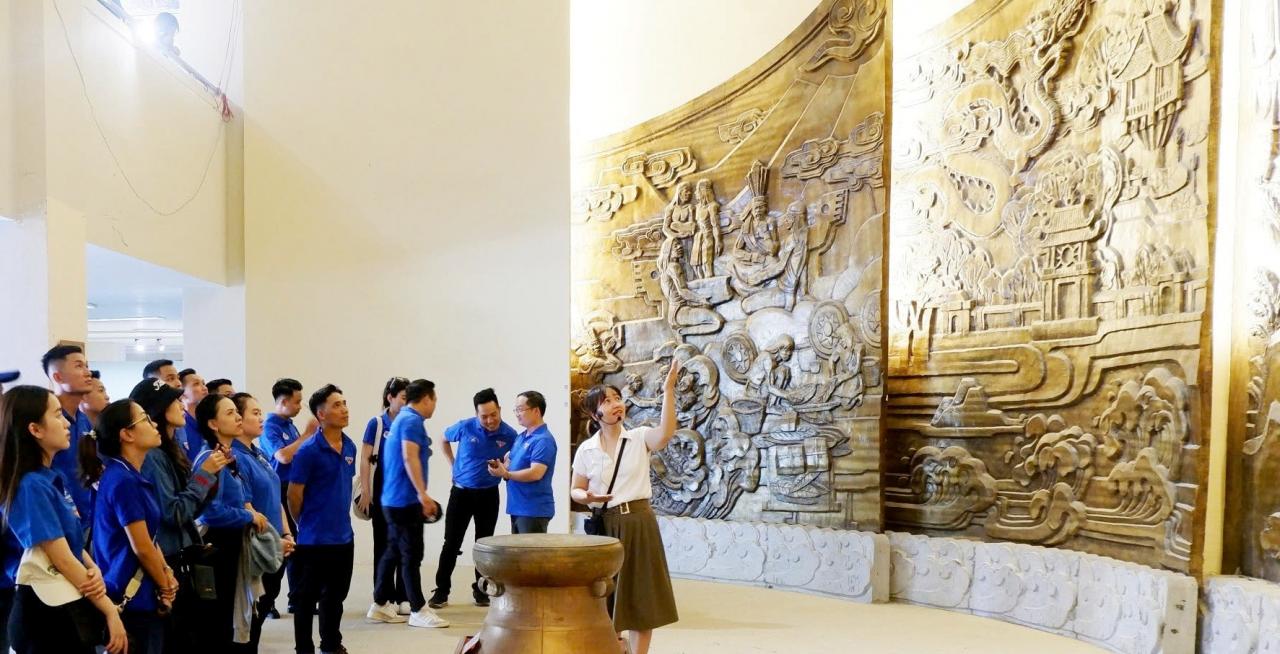
1. On a warm spring day, many boys and girls gathered on the sandbank by the river to play swings. Flags were bustling, drums were beating loudly. Suddenly, from the mountainside, the bandits rushed out. Those who were not able to escape in time, especially women and girls, were captured by the bandits and taken to the south bank of the Thu Bon River...
That scene was imagined by me after reading the lines in “Vietnamese History: Dang Trong 1558-1777” by Professor Phan Khoang: “At that time, in Hoa Chau, there was an annual custom, in the spring, for boys and girls to gather and swing at Ba Duong (?), so every December, the Cham people would hide at the headwaters of this region, waiting until after the first month to come and rob and take people back.”
There is a question mark after the place name Bà-dương, showing that Professor Phan Khoang is still a bit hesitant about the place name. But the time frame is clear. “At that time”, that is, the years after Che Bong Nga ascended the throne of Champa (1360).
This story of “robbery and kidnapping” was also specifically mentioned in 1361 and 1366. The space (of Hoa Chau) was calculated from Phu Loc, Phu Vang (Thua Thien Hue) to Dai Loc, Dien Ban (Quang Nam) today.
At this time, the two Chau O Ly had “returned” to Dai Viet for more than half a century and changed their names to Chau Thuan and Chau Hoa, but history records that land had never been peaceful. Che Bong Nga always sent troops to rob and several times went all the way to the capital Thang Long, causing trouble until the Tran Dynasty lost its throne…
Swinging in the past reminds us of the magic spells along the villages along Vu Gia - Thu Bon. As described by researcher Pham Huu Dang Dat, Chan Son village (Dai Loc) is one of the localities with a long-standing tradition of singing magic spells.
“ The talisman is a European talisman/ Wishing for a new year of eating sticky rice and sweet soup/ The talisman is a locust talisman/ Wishing for a new year of eating sweet soup and sticky rice ”, the song of the talisman team still echoes with the group going to wish for a happy new year. There are also songs about talismans wishing for farming, weaving, carpentry, blacksmithing, trading… very old.
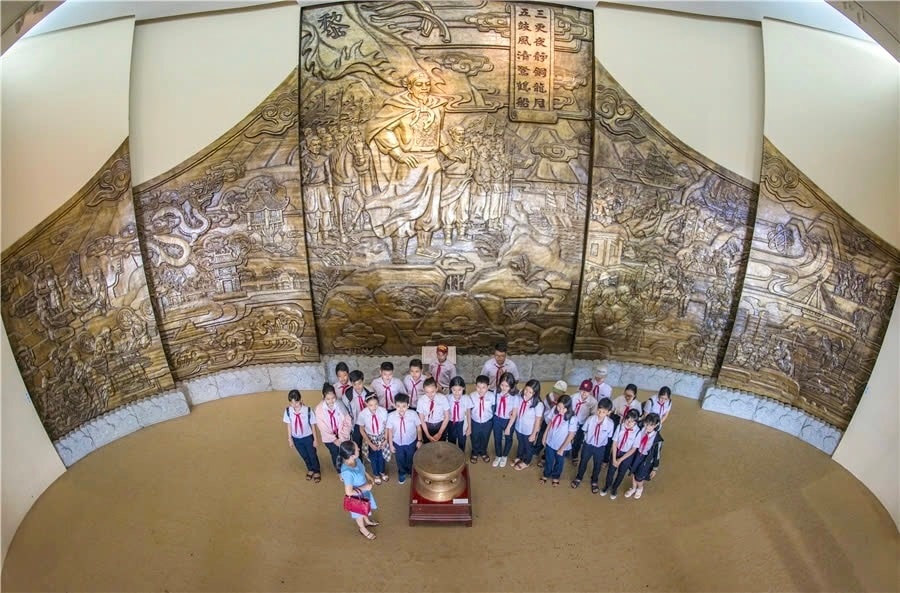
2. It was not until the victory of King Le Thanh Tong over the Champa (1471) that Dien Ban - the land of Hoa Chau bordering Champa - was truly liberated. During the 160 years from 1306 to 1471, the land from the south of Hai Van to the north of Thu Bon River was a period of time when "books only recorded empty names", according to researcher Vu Hung.
“Hoang Viet Nhat Thong Du Dia Chi” recorded that, during the Tran Dynasty, although two more Chau O Ly were opened, “it was just a land for show”. “Lich Trieu Hien Chuong Loai Chi” also recorded similarly: “Although Hoa Chau was taken during the Ly and Tran Dynasties, from Hai Van to the south it was still the old land of the Cham people”.
Then, more than 80 years after the Cham conquest, the lush Dien Ban landscape was described in “O Chau Can Luc”: “People get rich by growing rice, farmers use buffaloes to trample… Mac Xuyen gardens grow many roses, Lang Chau people weave much white silk… Women wear Cham cloth pants, men hold Chinese fans” (translated by Tran Dai Vinh). Just imagine, how colorful and vibrant the spring days are with young men and women in the region that is expanding to the South…
"Spring comes, swimming competitions are held, silk and brocade are crowded", another sentence in the summary of customs in the strip of land from Quang Binh to northern Quang Nam opens before the eyes a peaceful, bustling scene.
Doctor Duong Van An, who edited “O Chau Can Luc” in 1555, every day after the court session, he sat down to look at the map, the names of villages and communes, and spontaneously wrote a poem with the names of lands, rivers, mountains, and villages. Dien Ban district, Trieu Phong prefecture at that time, had 66 villages, and each village was eager to welcome him.
“Kim Quat is drenched in golden dew, Thuy Loan is green in the rain (...) Loi Son, Le Son village pagodas are on the cliff, leaning on the path; Hoai Pho, Cam Pho fishing houses are faintly visible in the bamboo, with the windows slightly ajar; Cam Dang has flickering flowers in the bridal chamber; Cam Le has faintly visible beauties smiling”...
If you leisurely “walk” through the excerpted “O Chau Can Luc”, you will have passed through the new village names now: Thanh Quyt (the new name of the old Kim Quat village) - Tuy Loan - Dien Tien - Hoa Tien - Son Pho - Cam Pho - Dien Hong - Hoa Tho. Looking back at the hazy Hai Van, you will see “the blue color spread like a strip of cloud hair”, looking to the South, you can “see the border of O Ly, and know that the land is always beautiful”…
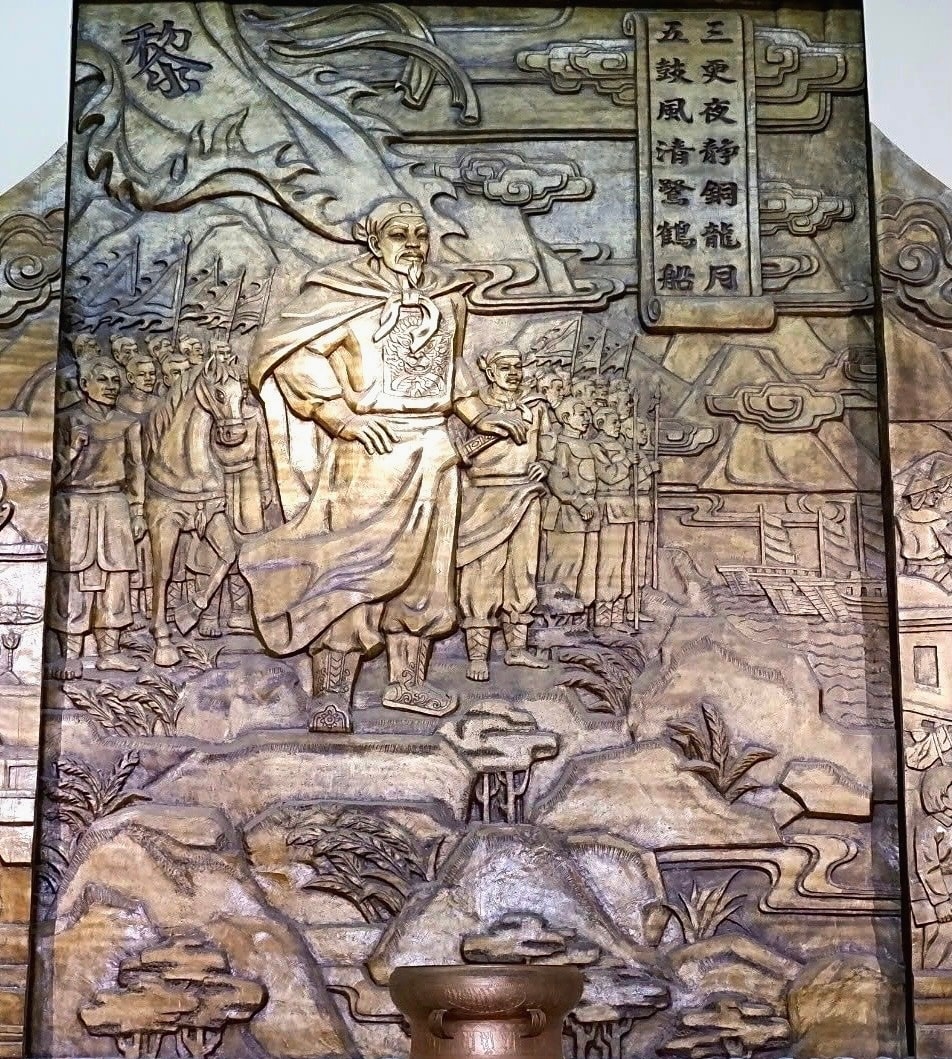
3. The southern expedition of King Le Thanh Tong also left in literary history a quatrain describing the first day of spring in the border region. On the first full moon night of spring, the boats of the Dai Viet army were moored close together in Dong Long Bay. The king who was good at writing wrote "Hai Van Hai Mon Lu Thu", with two lines: "Tam canh da tinh Dong Long nguyet/ Ngu co phong thanh Lo Hac thuen" (The third watch of the night was quiet, the Dong Long moon was bright; the fifth watch of the drum was cool, the Lo Hac boat was swaying).
It is interesting that the large relief depicting King Le Thanh Tong currently on display at the Da Nang Museum chose to engrave those two Chinese verses. Many researchers basically agree that Dong Long is Da Nang Bay. But “Lo Hac” is still a bit uncertain. Is it the name of a country (Locac, the Malay peninsula or Lavo, an ancient country in the lower reaches of the Chao Praya River) or Hac cape, Hac promontory in Nam O? Hac cape looks like a boat from afar - “Lo Hac boat”…
The old fence area has so many inviting places, you should go on a trip. From the top of Hai Van, looking towards Da Nang Bay, you can see where Hac Cape is, then gradually go south. You can go all the way to the top of Thach Bi Mountain, where King Le Thanh Tong established the territory of Dai Viet and the boundary for the new space of the 13th imperial province: Quang Nam.
Source: https://baoquangnam.vn/du-xuan-qua-mien-phen-giau-3147837.html





![[Photo] "Beauties" participate in the parade rehearsal at Bien Hoa airport](https://vstatic.vietnam.vn/vietnam/resource/IMAGE/2025/4/11/155502af3384431e918de0e2e585d13a)
![[Photo] Looking back at the impressive moments of the Vietnamese rescue team in Myanmar](https://vstatic.vietnam.vn/vietnam/resource/IMAGE/2025/4/11/5623ca902a934e19b604c718265249d0)

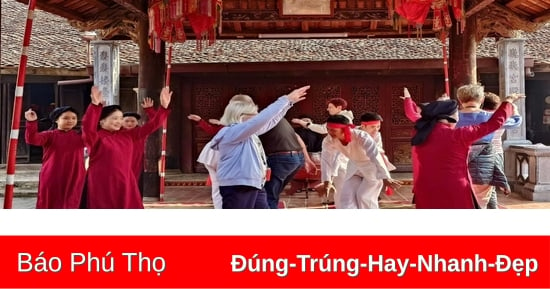


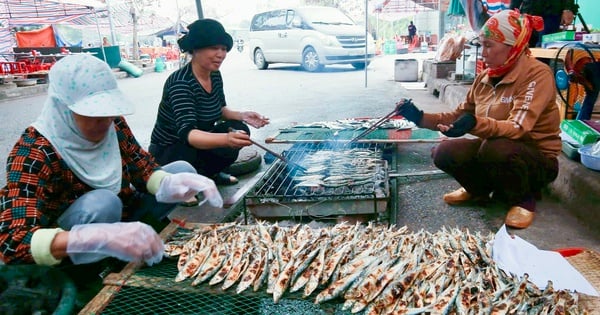

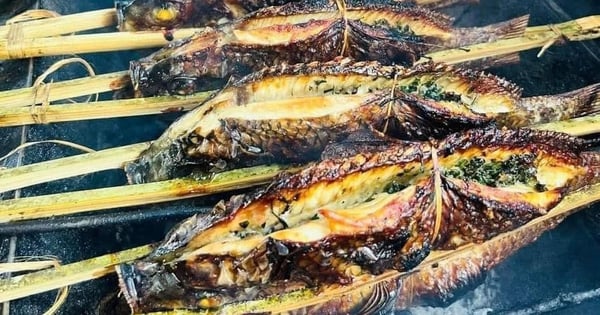
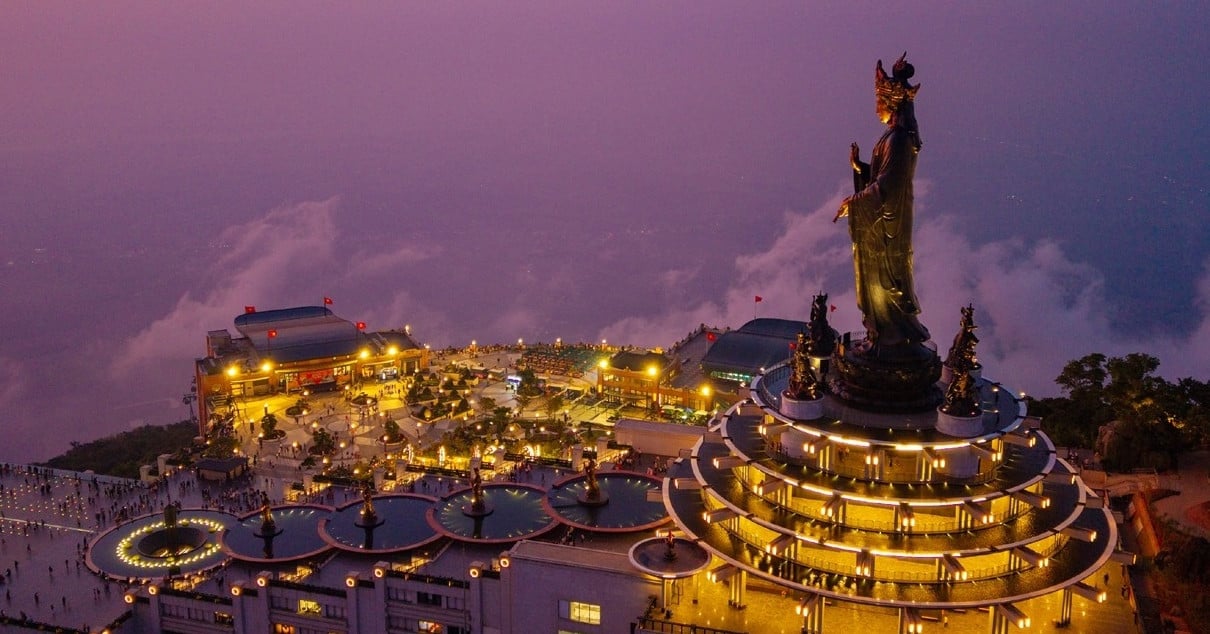

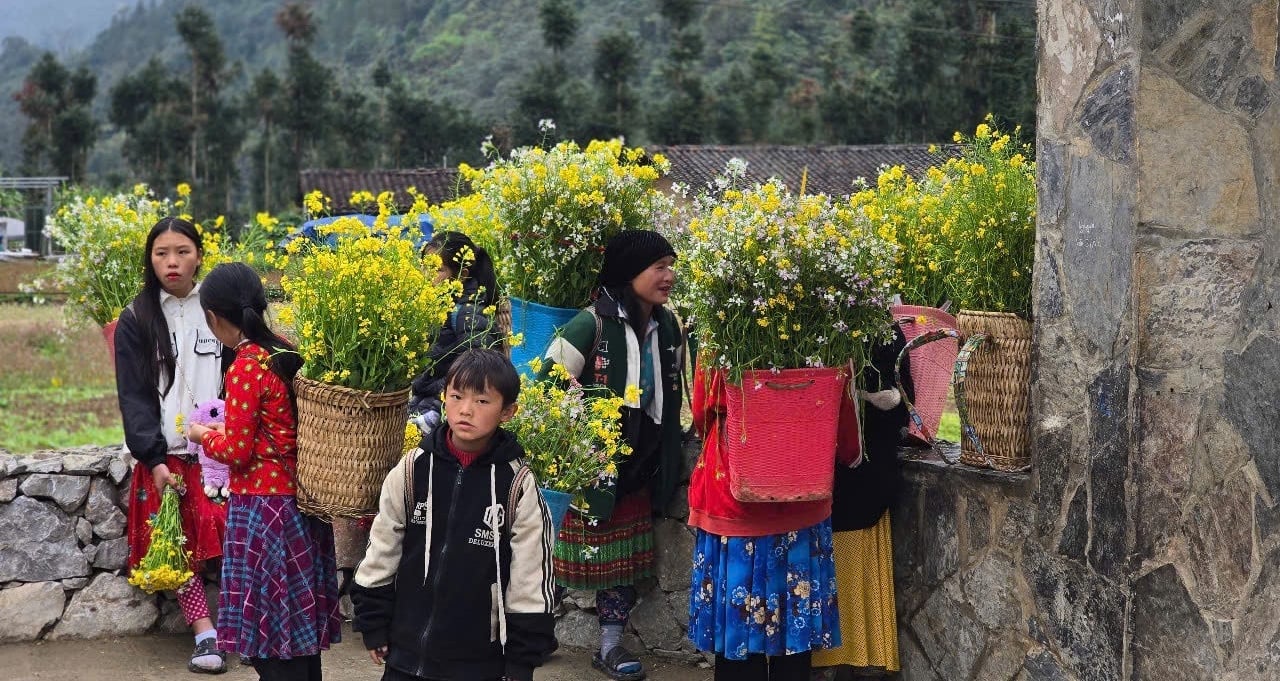
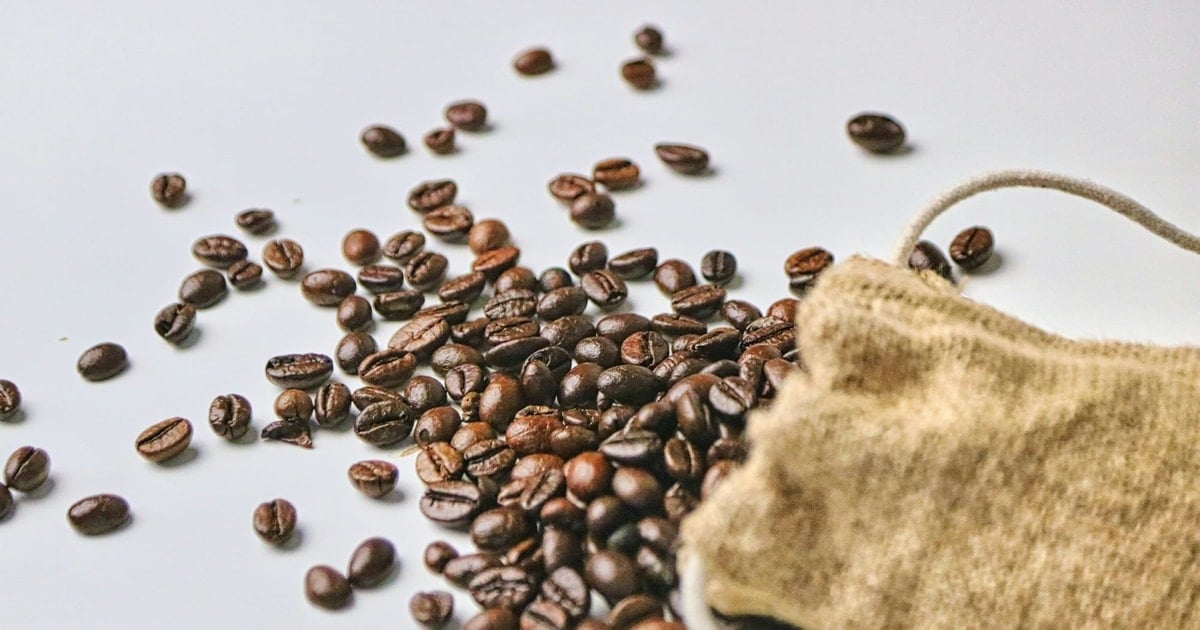
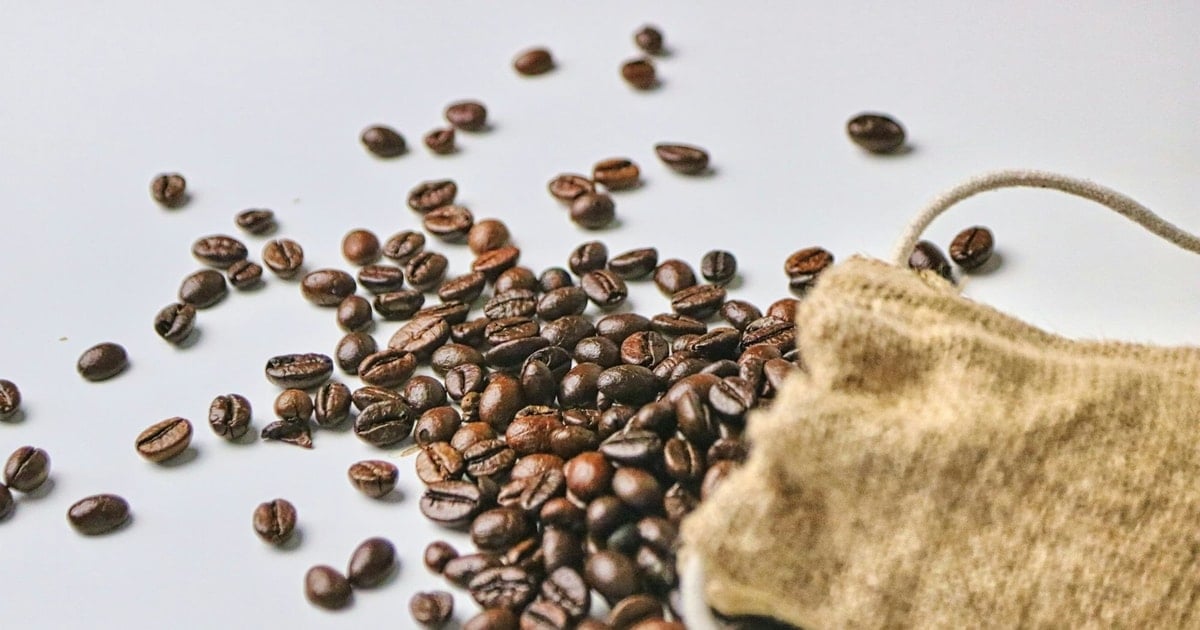
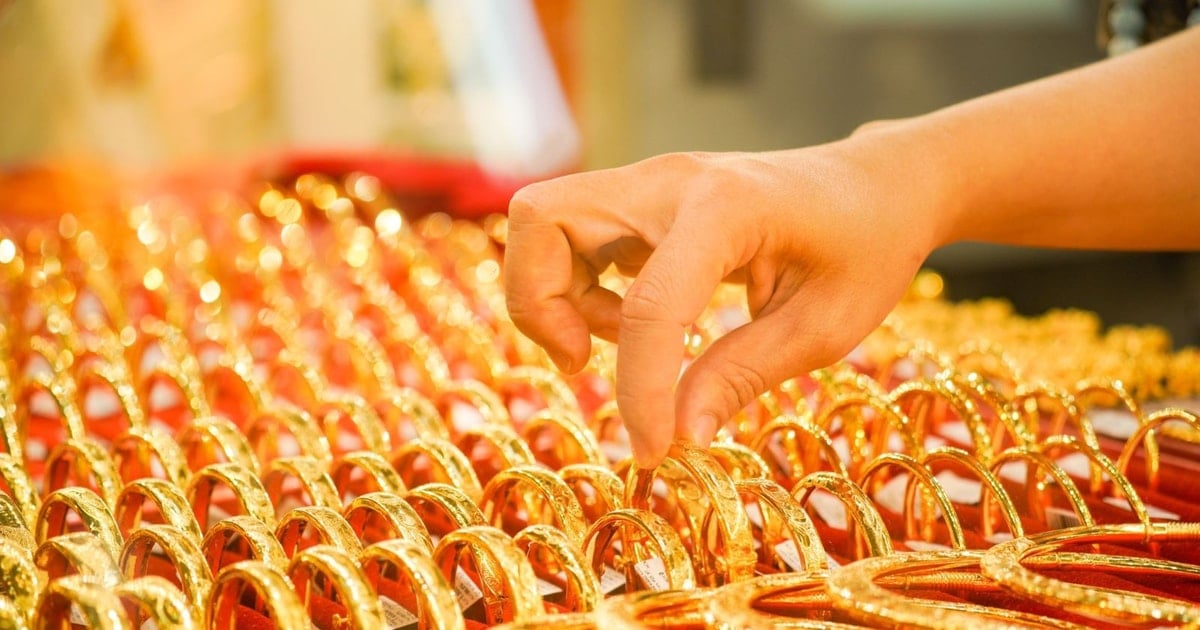
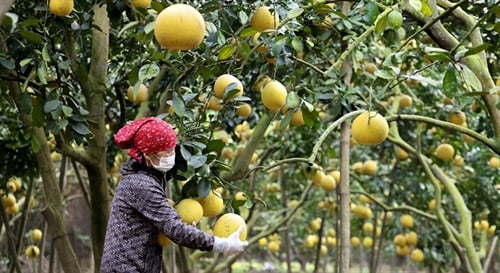
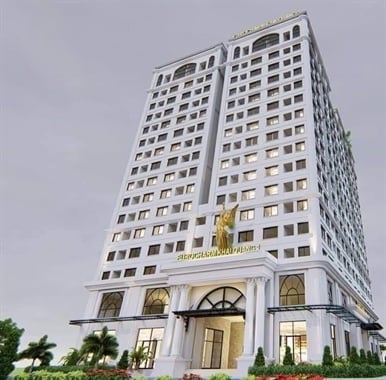



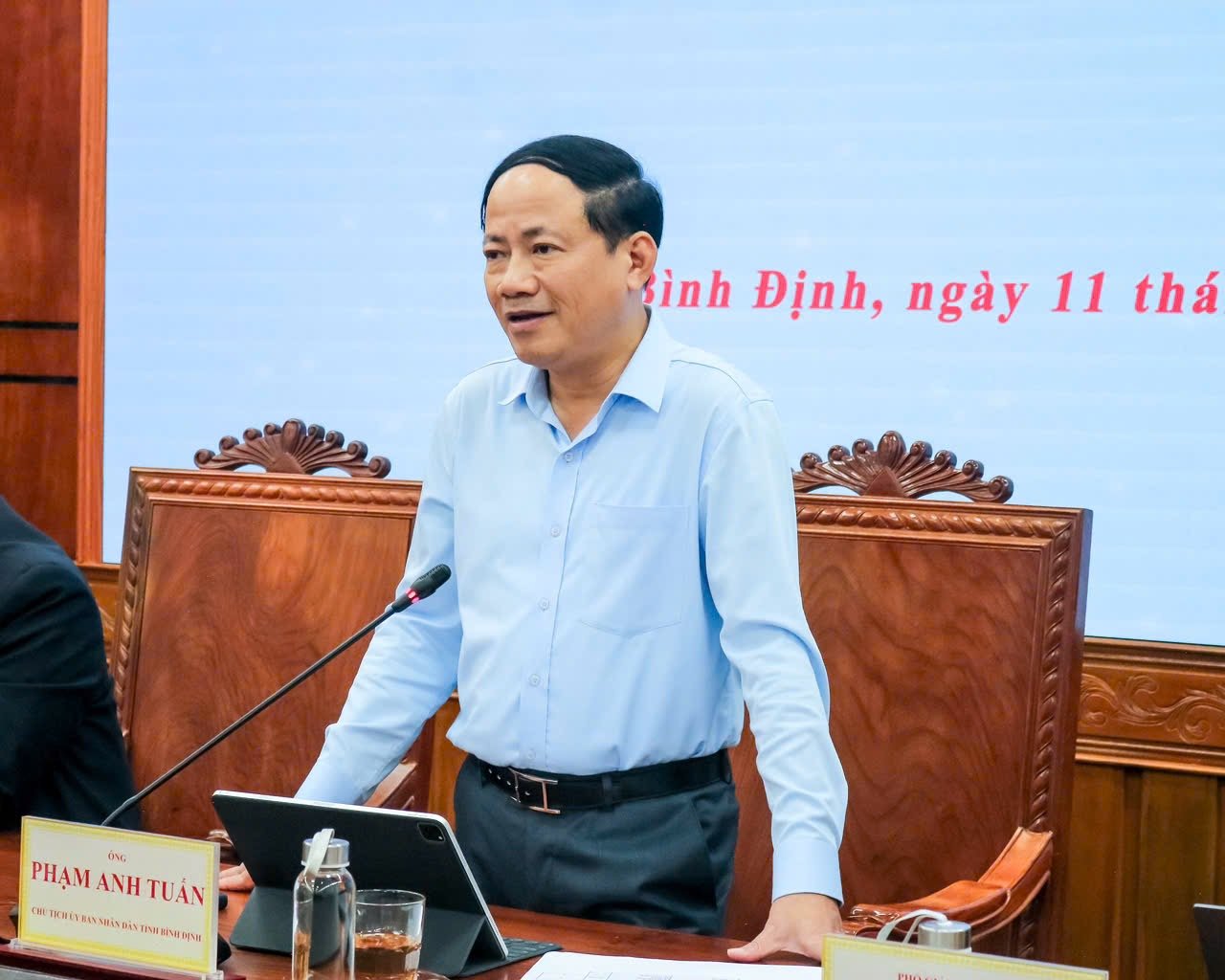
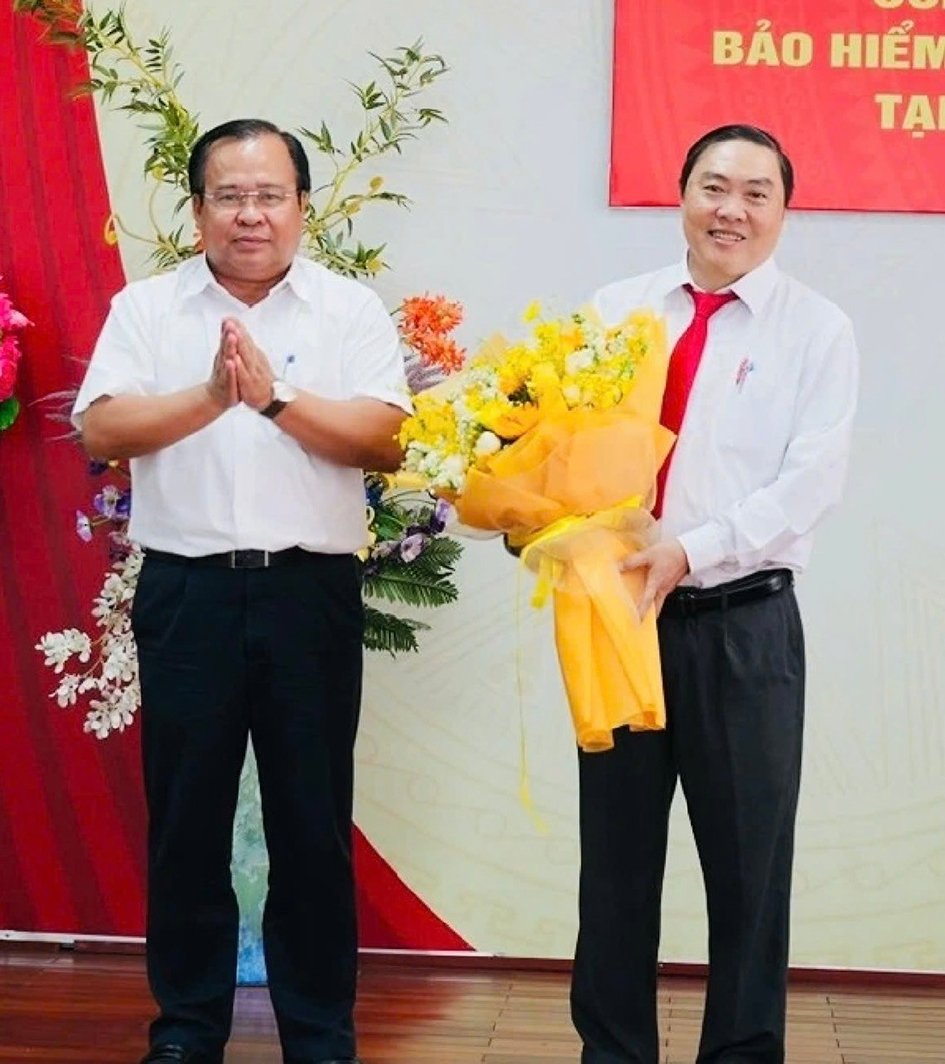
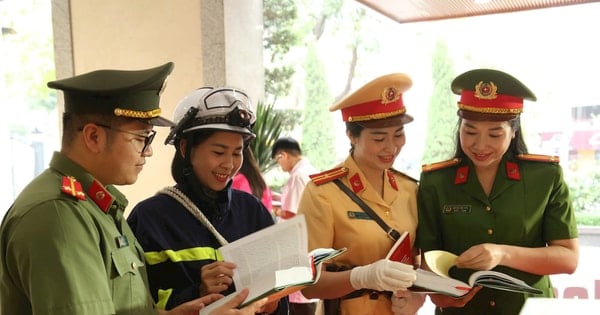
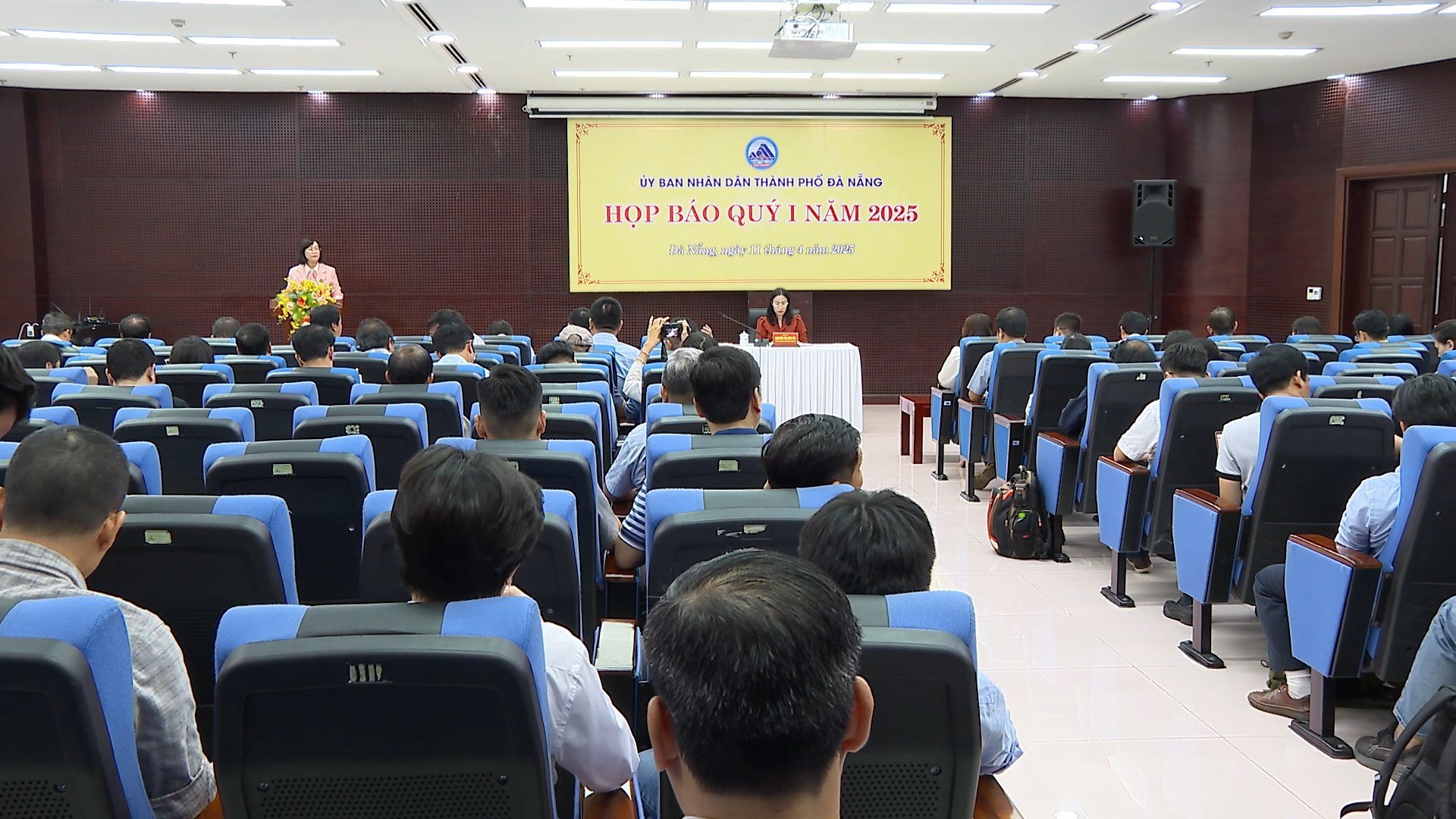
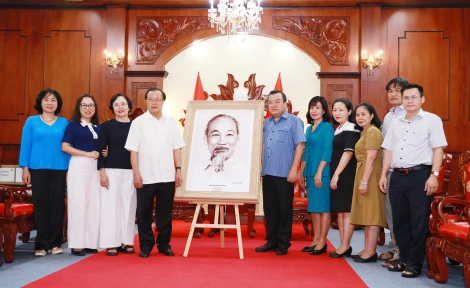
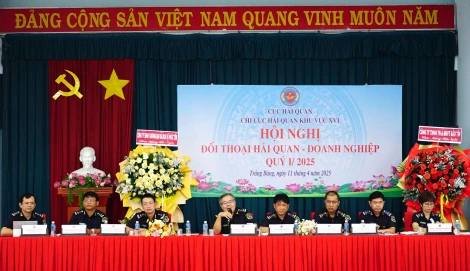
![[Photo] Summary of parade practice in preparation for the April 30th celebration](https://vstatic.vietnam.vn/vietnam/resource/IMAGE/2025/4/11/78cfee0f2cc045b387ff1a4362b5950f)
































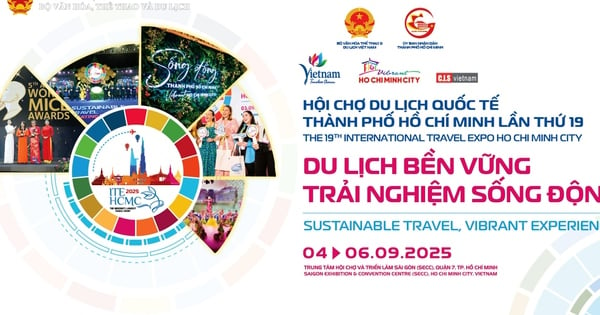

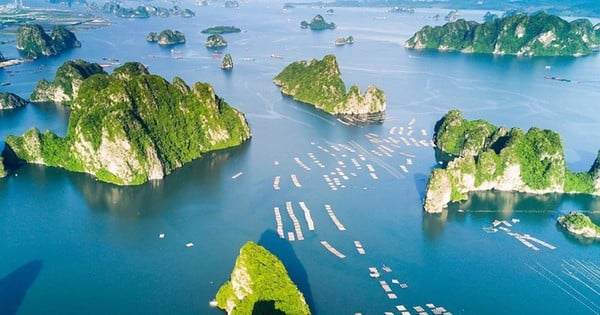








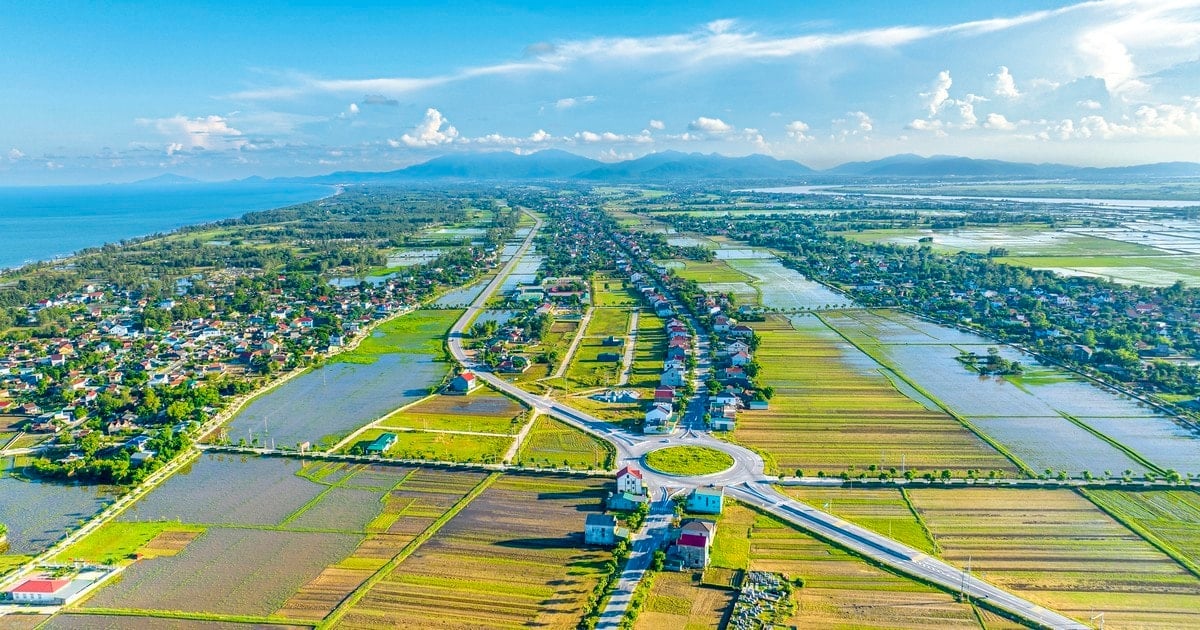

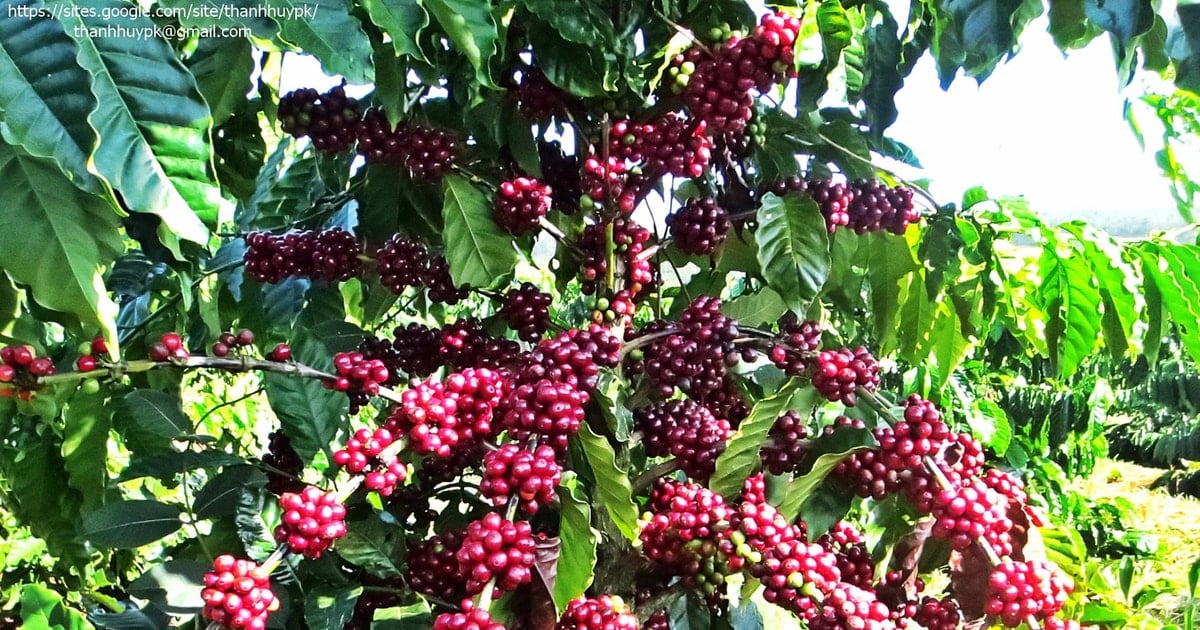











Comment (0)